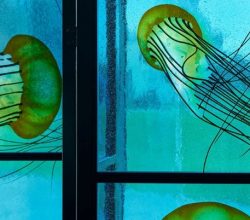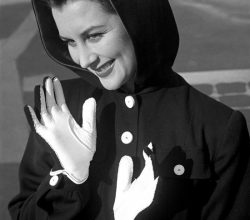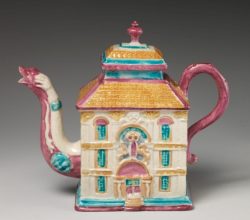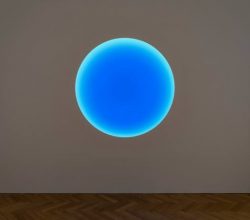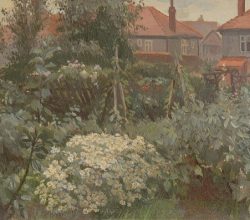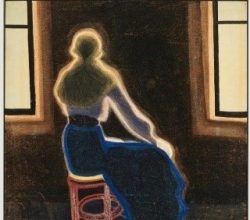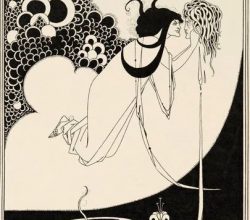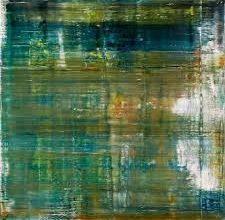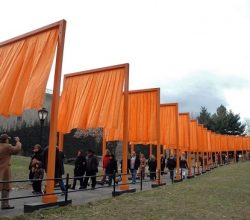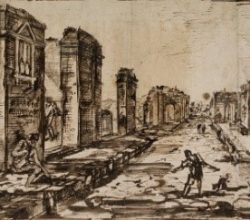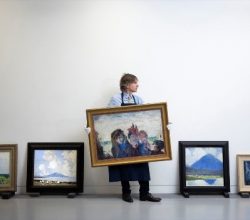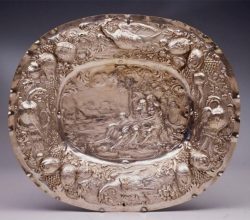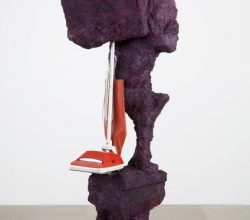
Schlock Sculpture
Morgan Meis | The-Easel | 24th March 2020
Early 20th century modernist painting loosened its moorings to the literal, the figurative. Sculpture did likewise. While painting has periodically returned to its figurative roots, sculpture, in its materials and visual language, has sailed off into the pale blue yonder. Morgan Meis says we now face ‘schlock sculpture’ and – wait for it – ‘schlockiness’ has its virtues.
“The problem of sculpture became, for many of the great mid-20th-century sculptors, exactly that: the problem of sculpture. They are sculptures about being sculptures. They are trying to figure out ways to fit together and hold together … without falling back on the discarded language of figuration or architecture, or, really, anything at all. Smith’s sculpture … just is what it is. A sculpture trying to be a sculpture … This is what can make the experience of looking at a David Smith, or any other Modernist sculpture, mysterious to the point of bafflement.”

